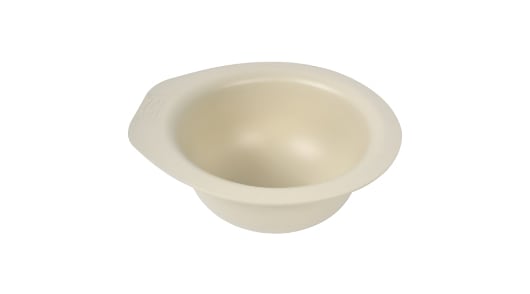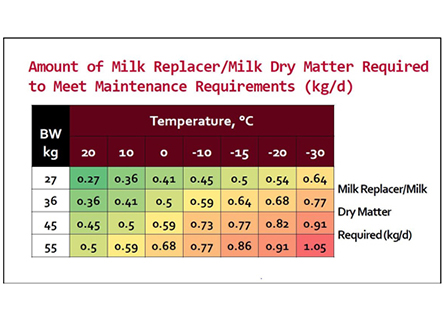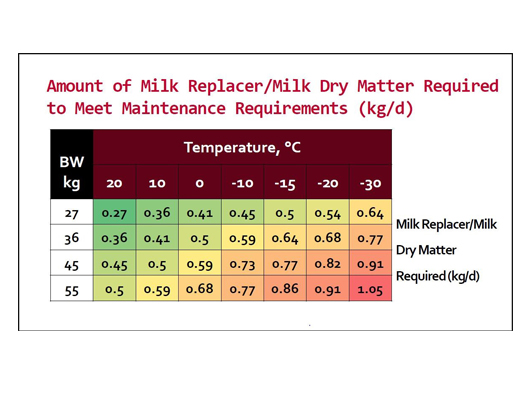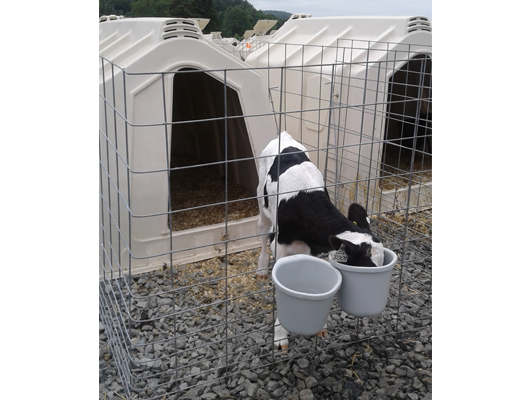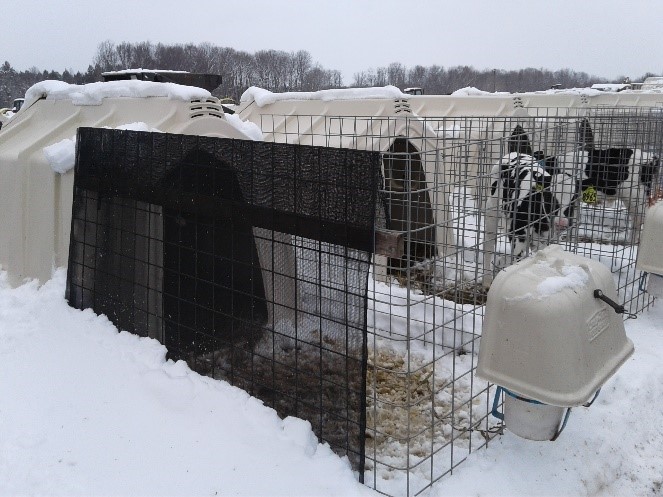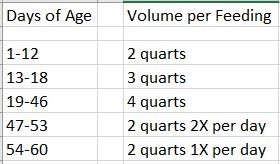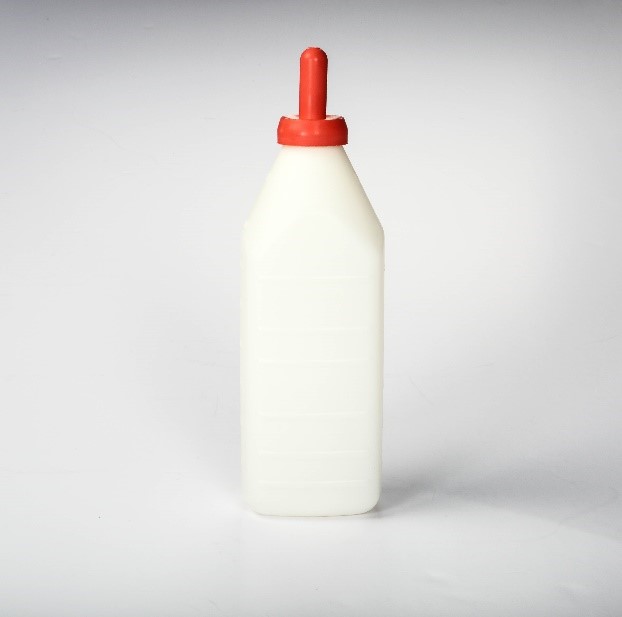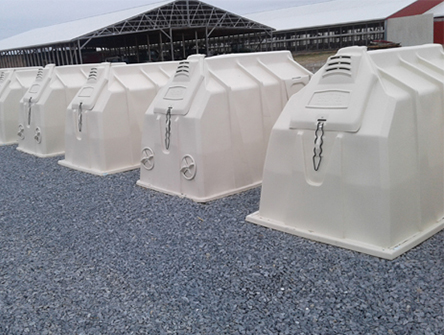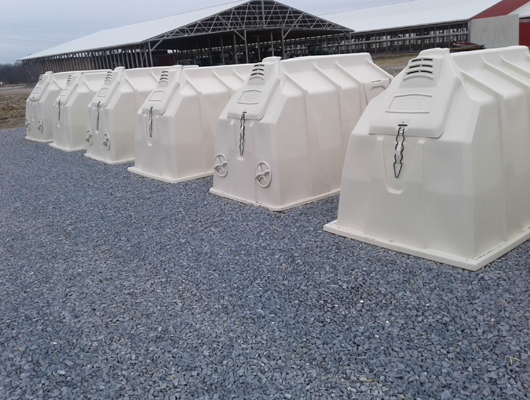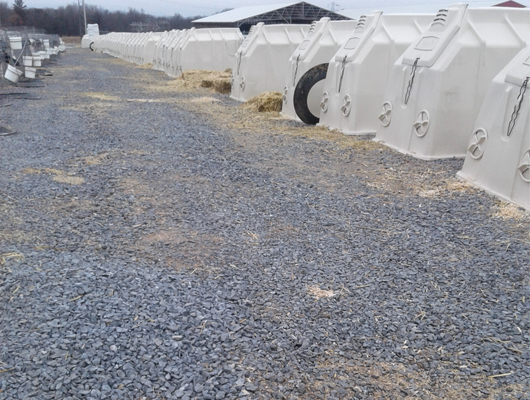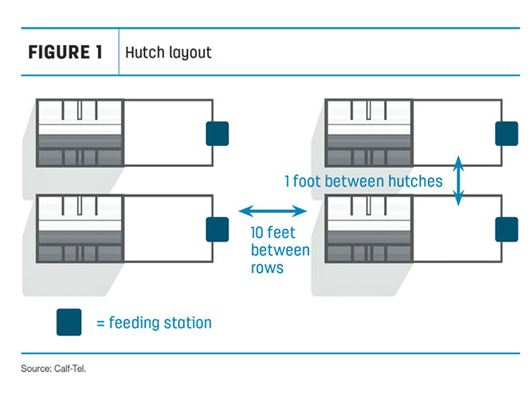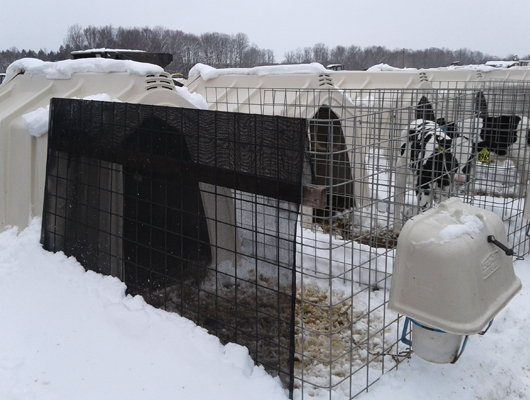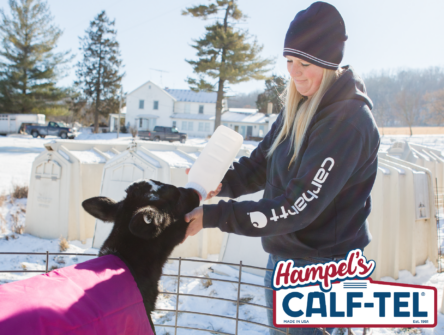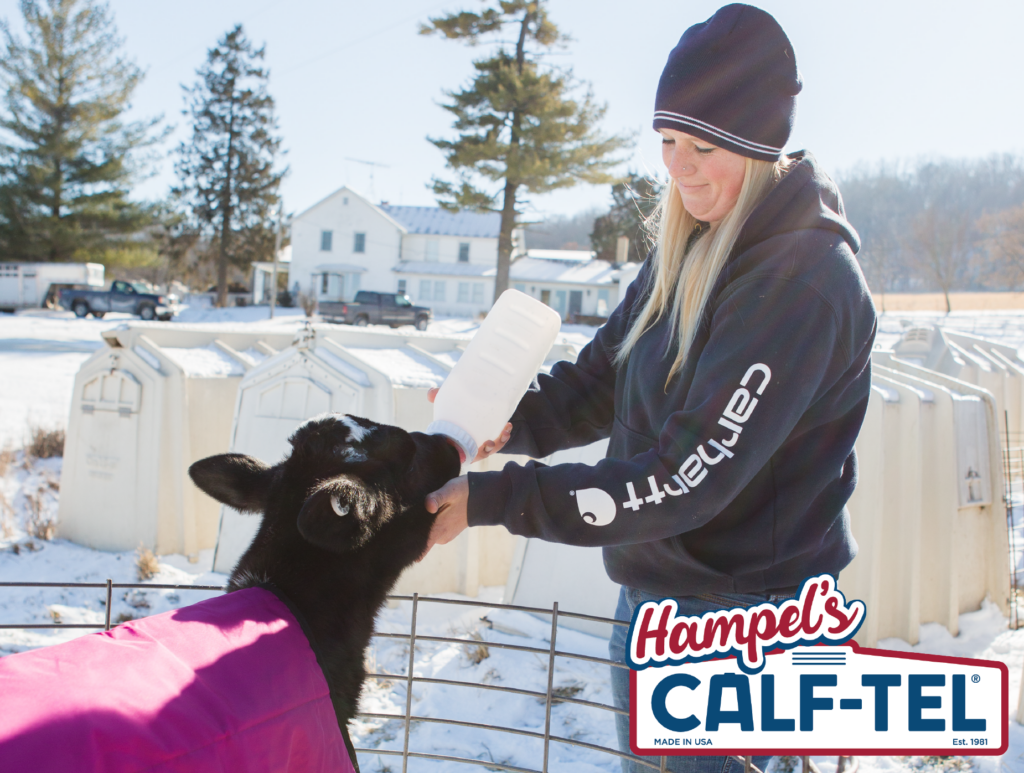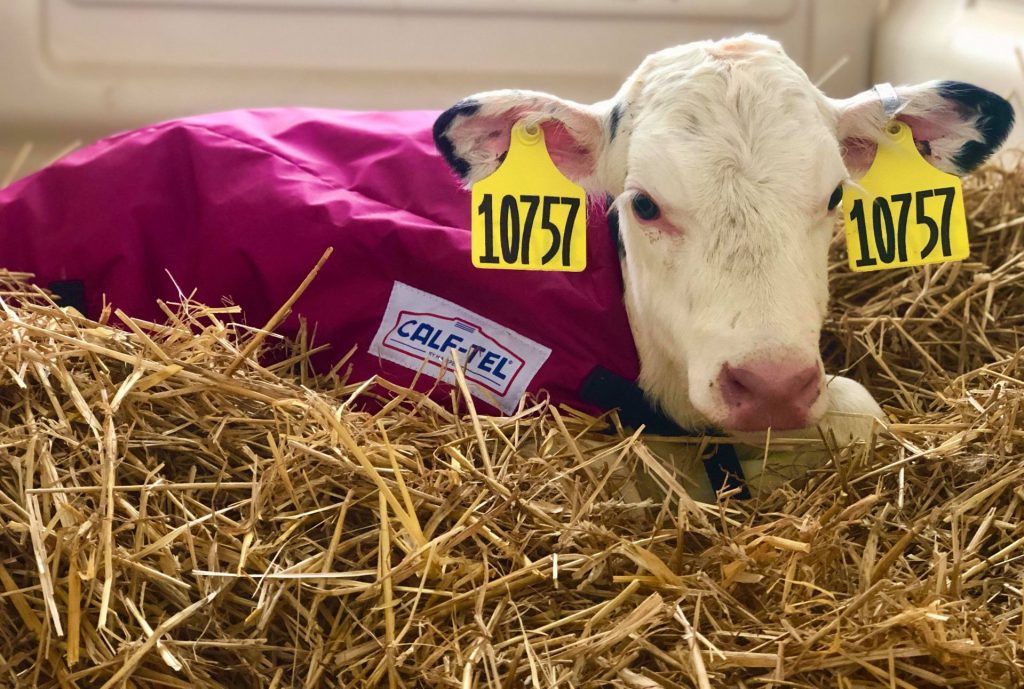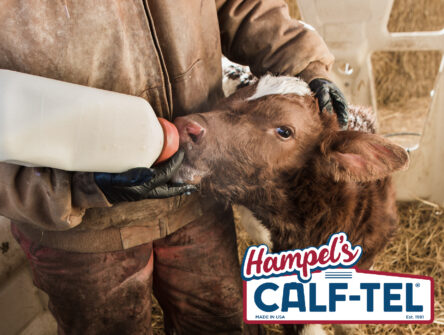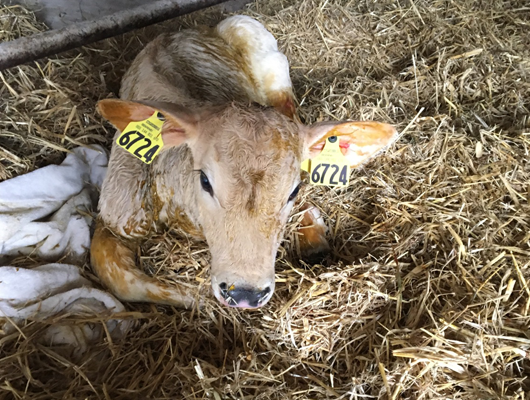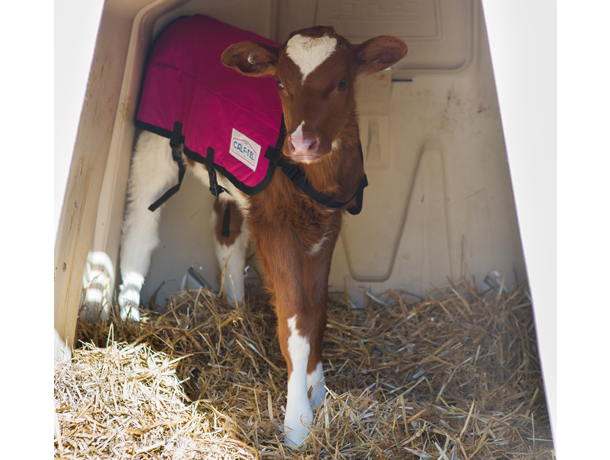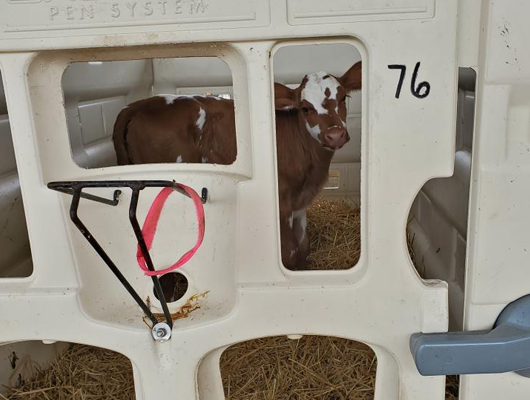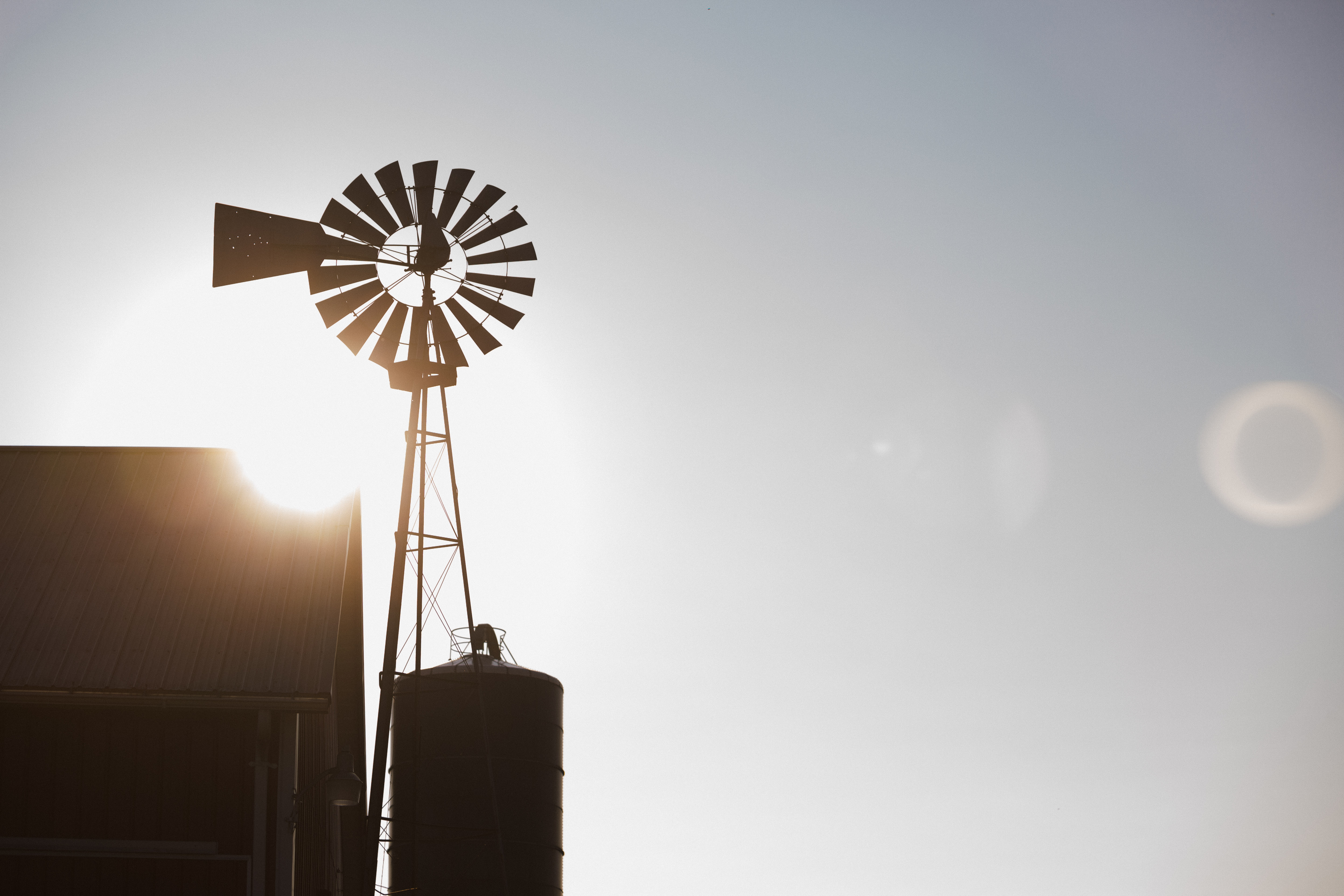by Kelly Driver, MBA
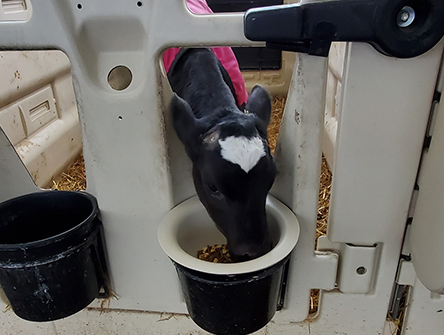
As many calf providers and caretakers know, the success of any farm’s operation hinges on the health and vigor of its calves. A critical aspect of calf rearing that often goes overlooked is the pivotal role that calf starter grain plays in the weaning process. It’s not just about providing them with sustenance; it’s about setting the foundation for a lifetime of productivity and robust health.
Let’s delve into why calf starter grain is a game-changer in calf management strategies, and how its proper introduction and utilization can make a significant difference in the well-being and long-term success of a young stock.
What is Starter Grain?
Starter grain is a specially formulated feed for young calves, designed to help them transition from a diet of milk to solid food. It’s a mix of grains, proteins, vitamins, and minerals that provides essential nutrients for growth and development. Think of it as the first solid meal for our calves, setting them on the path to becoming strong and healthy members of our herd.
The consumption of calf starter not only bolsters rumen development, but it can help assure a smooth weaning transition for calves, bridging the change from a liquid ration to a diet of solely dry feeds and water. Maintaining targeted growth rates and animal health can be dependent on calf starter intakes through this time.
According to Dairy Calf and Heifer Association Gold Standards, calves should at least double their birth weight by 56 days of age. The post-weaning growth rate depends on the target mature size, taking into account breed and genetic factors (DCHA). Calf starter is important to the pre-weaned calf for two reasons – it stimulates rumen development and as consumption increases, more nutrients are available to support growth.
Calves that are being weaned at about six weeks of age will be smaller and should each be consuming 2-3 pounds of starter per day for three consecutive days before weaning, according to the DCHA’s Gold Standards. We should expect calves being weaned at eight weeks of age to be eating 4-5 pounds of starter grain per calf each day for three consecutive days before weaning (DCHA).
6 Tips to Boost Calf Starter Intakes
- Begin with a calf starter grain that is palatable to the calf. There are a wide variety of feedstuffs available in different regions that will determine the list of possible, economical ingredients (Leadley). Consult your nutritionist and veterinarian on a regular schedule to find an option that the calves want to eat.
- Starter grain should be fed continuously by three days of age, beginning with just a handful for those young calves.
- Begin with the Calf-Tel starter bowl. Young calves shy away from putting their heads down into deep buckets and for smaller calves, they may not even be able to reach the bottom of the pail. The new Calf-Tel starter bowl is shallower and sits on top of the bucket, keeping the calf starter where they can see, smell and taste it.
- Change calf starter frequently. For the youngest calves, it is recommended to change the grain out daily to keep it fresh. Staleness, flies and contamination all discourage calves from beginning to eat starter. I have seen calf raisers put a small amount of grain from their hand right into a calf’s mouth after they finish drinking their milk to introduce the taste. In other cases, I have seen the starter changed midday for the youngest calves, giving caregivers one more observation of this group. It is important to find what works best for your farm team and labor situation and follow it consistently.
- Calves that are eating larger volumes of milk may begin eating calf starter at an older age than those fed just four quarts per day, but it is crucial that each calf is eating at least two pounds per day for at least three consecutive days prior to weaning.
- Provide access to clean, free-choice water as it helps with calf starter intake. This is why Calf-Tel hutches and pen kits come with two pail holders and pails, providing the calf access to both starter and water. One rule of thumb, shared by Dr. Sam Leadley of the Attica Veterinary Associates in New York, is the calf needs four pounds of water for each pound of grain.
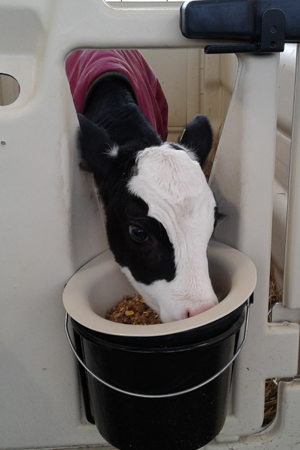
Introducing calf starter to young calves with Calf-Tel’s starter bowl allows them to reach the starter easier than a deeper pail to begin smelling and tasting it. Calf-Tel recommends refreshing the starter daily to encourage intakes that support rumen development in young calves.
Here is a guideline for Target Calf Starter Intake from John K. Bernard, a professor in dairy nutrition at the University of Georgia:
| Days 1-14 | 0.12 lbs./day |
| Days 15-21 | 0.25 lbs./day |
| Days 22-28 | 0.50 lbs./day |
| Days 29-35 | 1.00 lbs./day |
| Days 36-42 | 2.00 lbs./day |
| Days 43-60 | 4.45 lbs./day |
There may be variations from this based on volumes of milk fed, so always consult with your nutritionist and veterinarian regularly.
Now available from Calf-Tel the Universal Starter Bowl. Fits directly in any pail holder.
About the Author
Kelly Driver has been involved in the New York dairy industry all her life. In addition to raising dairy calves and replacement heifers, she is the Northeast Territory Manager for Calf-Tel. Feel free to contact her at kellydriver@hampelcorp.com with your calf questions or suggest a topic you would like covered in a future blog.
Sources
- Dairy Calf and Heifer Association. (2016). Gold Standards I and II.
- Dairy Herd Management. (2018, November 2). Promote calf starter intake. Retrieved from https://www.dairyherd.com/article/promote-calf-starter-intake
- Gilles, M. (2018, September 24). Starter intake drives calf gains. Hoard’s Dairyman. Retrieved from https://hoards.com/article-24007-starter-intake-drives-calf-gains.html
- Hanson, M. (2019, September 4). Hints for starting calves on starter. Dairy Herd Management. Retrieved from https://www.dairyherd.com/article/hints-starting-calves-starterLeadley, S. (2019, October). Getting better calf starter intake. Calving Ease. Retrieved from http://atticacows.com/library/newsletters/CEOctober2019.pdf
Courtesy of our dealer – CRI REPRODUCCIÓN ANIMAL MÉXICO SA DE CV.
